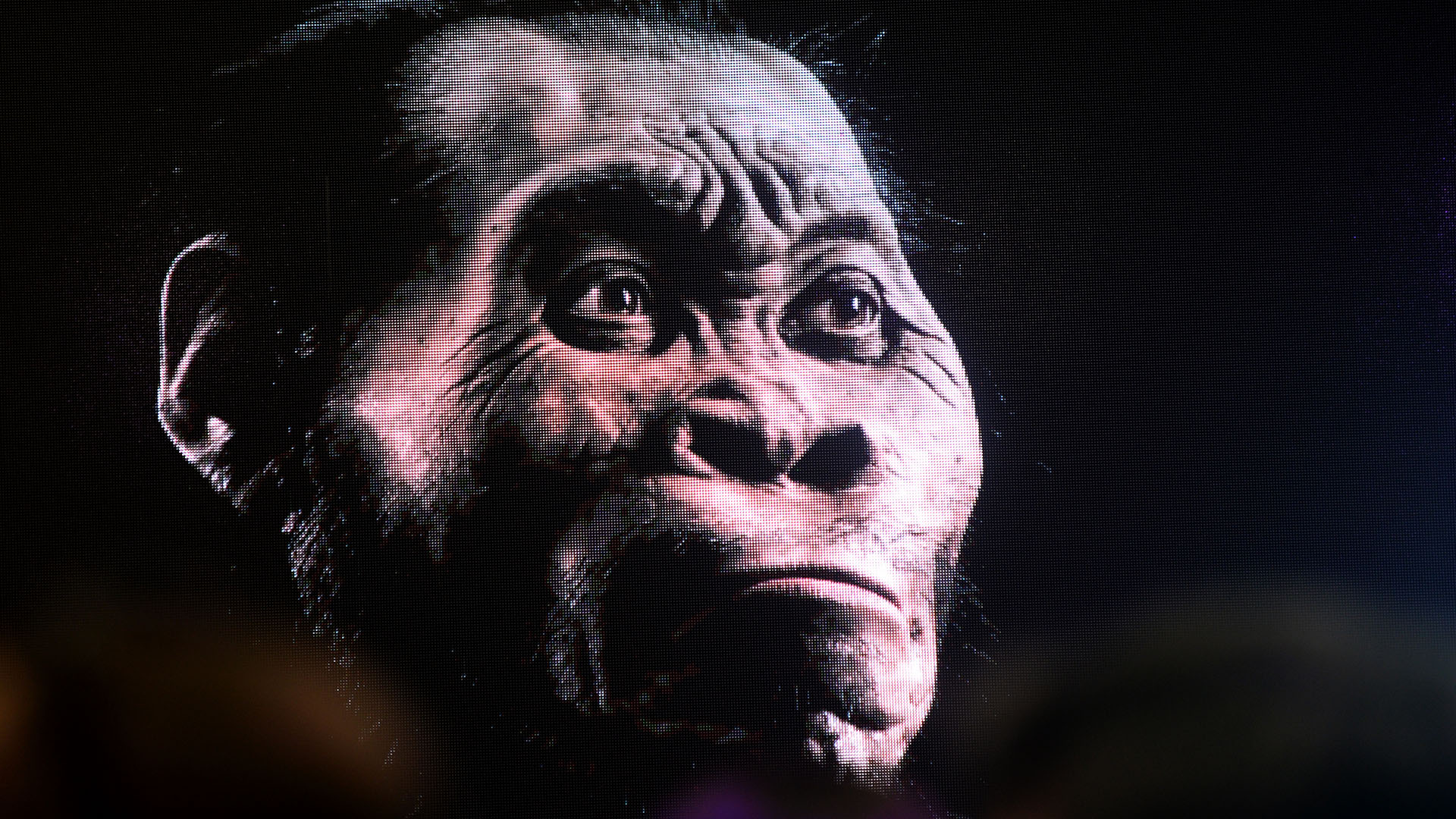'No scientific evidence' that ancient human relative buried dead and carved art as portrayed in Netflix documentary, researchers argue
A new commentary blasts claims about Homo naledi featured in Netflix's "Unknown: Cave of Bones."
There's "no convincing scientific evidence" behind the extraordinary claims that the ancient human relative Homo naledi deliberately buried their dead and engraved rocks deep in a South African cave around 300,000 years ago, a group of archaeologists argues in a new commentary.
H. naledi became a lightning rod of controversy earlier this year after a team claimed the extinct hominin with an orange-size brain carried its dead into the Rising Star cave system, lit fires and engraved abstract patterns and shapes onto the walls — complex behaviors previously known only in larger-brained modern humans (Homo sapiens) and our close cousins.
The team courted backlash, in part, because they announced their controversial findings in a conference speech and three preprint studies that weren't peer-reviewed, which frustrated some scientists, National Geographic reported at the time. The online journal eLife accepted the preprints, initially posted to bioRxiv in June, for a public peer-review assessment, which concluded that there was "incomplete" evidence behind the claims.
A hit Netflix documentary featuring the discoveries, called "Unknown: Cave of Bones" (2023), dropped on July 17, less than a week after eLife posted the preprints and critiques.
Now, a team of researchers has looked at the three eLife studies in detail and argued in a traditionally peer-reviewed commentary, published Nov. 10 in the Journal of Human Evolution, that no convincing scientific evidence was ever presented for deliberate burial or rock art.
Chris Stringer, a research leader in human origins at the Natural History Museum in London who was not involved in any of the studies, told Live Science in an email that he agreed with the cautious approach of the new commentary and said it was "well argued."
"I see it as a necessary rejoinder to some over-hyped and premature conclusions about the supposedly complex behavior of Homo naledi," Stringer said.
Get the world’s most fascinating discoveries delivered straight to your inbox.
H. naledi was a 5-foot-tall (1.5 meters) bipedal hominin with nimble hands and a small-but-complex brain. Andy Herries, a professor of paleoanthropology at La Trobe University in Australia and one of the authors of the new commentary, told Live Science that he doesn't rule out the H. naledi claims, but he noted a lack of science supporting them.
"There is a possibility that some of it could be correct," Herries said. "What we're asking for is robust scientific data to support it, including standardized things that you would do for archaeology."
Herries described "fundamental basics" missing from the 2023 eLife studies, including a detailed analysis of alleged burial sediments and radiocarbon dating of charcoal from alleged fires. He also wanted more comparisons between the purported dolomite rock engravings and natural weathering, which he often sees in South Africa.
"I've been working here for 26 years, and I see things naturally in the dolomite that look just like that," Herries said.
Lee Berger, a paleoanthropologist and Explorer in Residence at the National Geographic Society, led the team that described H. naledi in 2015 and the research group that reported the controversial evidence of deliberate burial and engravings. He believes the new paper repeated concerns already being addressed by his team.
"The arguments put forward are predominantly what has already appeared in the eLife reviews and these same authors' public comments, and have already been taken into account in the revised manuscript being resubmitted to eLife," Berger told Live Science in an email.
Berger said he was also disappointed with the title of the commentary — "No scientific evidence that Homo naledi buried their dead and produced rock art" because "it is the interpretation, not the actual data, that is debated."
Berger's team published a response to the eLife reviews earlier this year. Their response to the new commentary will be published in the Journal of Human Evolution next week, according to Berger.
But that won't be the last word on whether H. naledi intentionally buried their dead, lit fires and carved rock art. Another external study by a different team addressing the claim of deliberate H. naledi burial is currently undergoing peer review.
Live Science approached Netflix for comment on the accuracy of "Unknown: Cave of Bones" but did not receive one by the time of publication.

Patrick Pester is the trending news writer at Live Science. His work has appeared on other science websites, such as BBC Science Focus and Scientific American. Patrick retrained as a journalist after spending his early career working in zoos and wildlife conservation. He was awarded the Master's Excellence Scholarship to study at Cardiff University where he completed a master's degree in international journalism. He also has a second master's degree in biodiversity, evolution and conservation in action from Middlesex University London. When he isn't writing news, Patrick investigates the sale of human remains.




